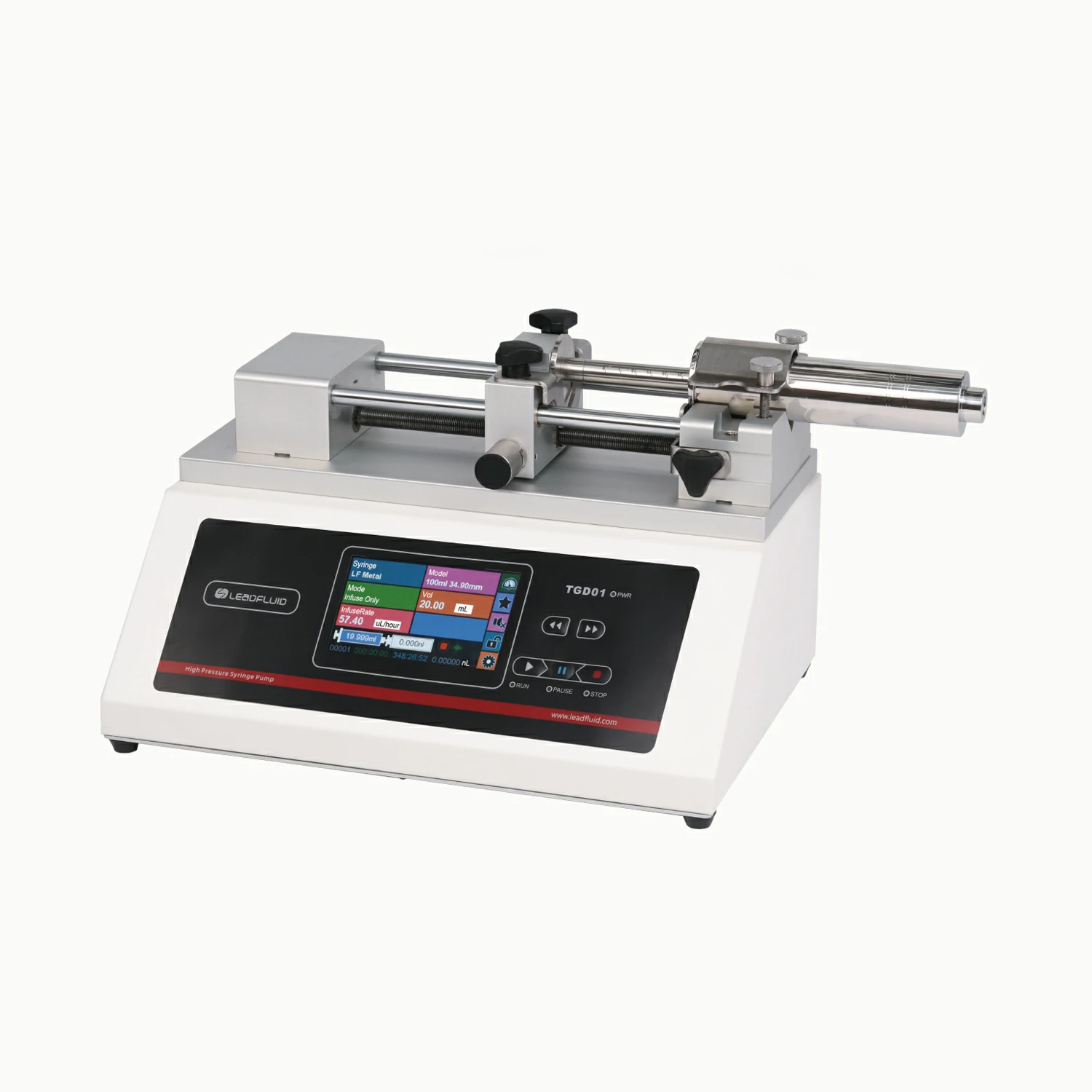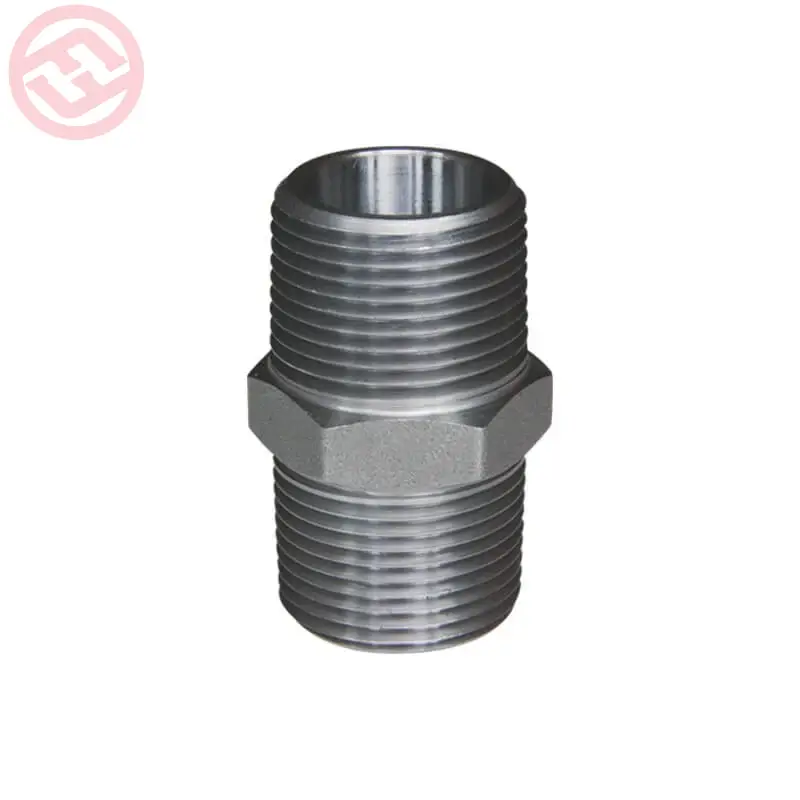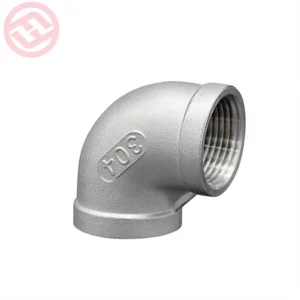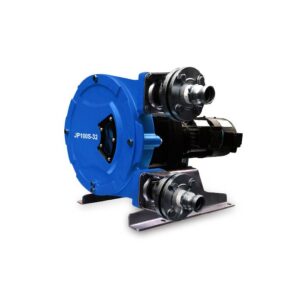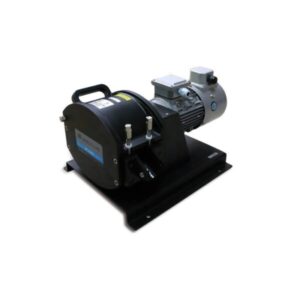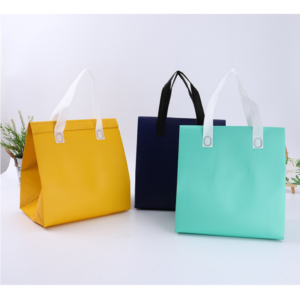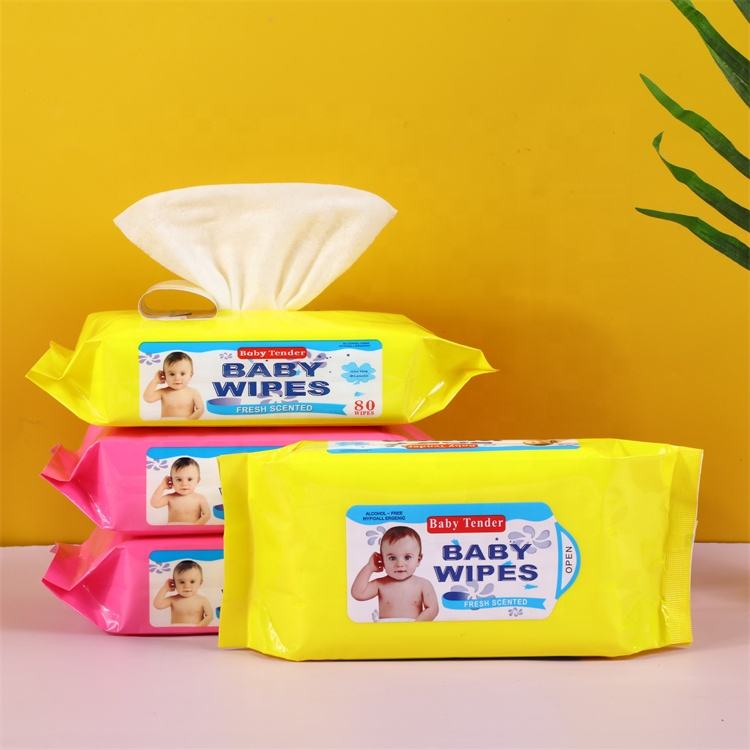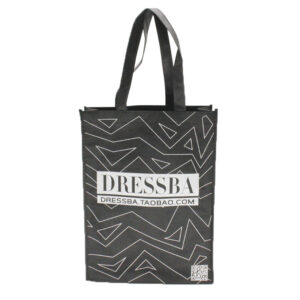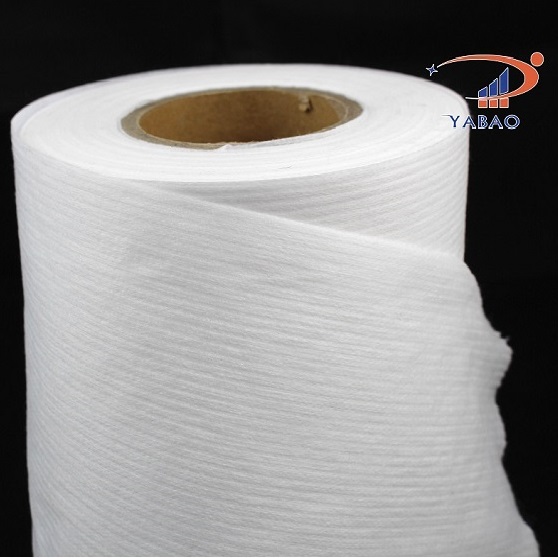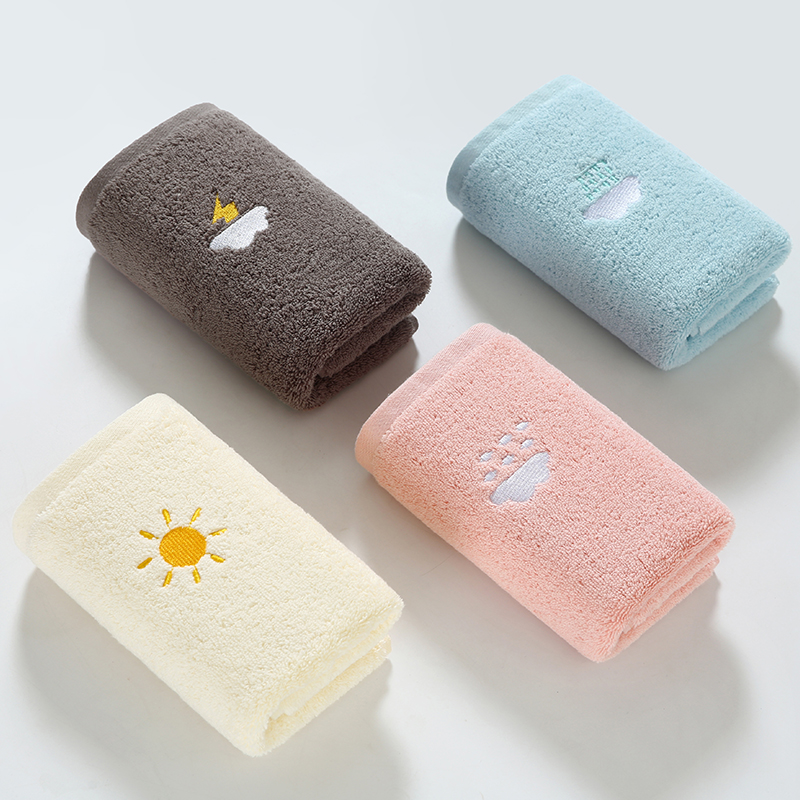Precision high-pressure injection pumps find applications in various industries and fields that require accurate and controlled delivery of fluids at high pressures.
Here are some common areas where precision high-pressure injection pumps are used:
- Chemical and Petrochemical Industries: Precision high-pressure injection pumps are utilized in chemical and petrochemical processes for precise dosing of chemicals, catalysts, or additives. They are used to deliver precise amounts of reagents into reaction vessels, control chemical reactions, and maintain process parameters.
- Oil and Gas Industry: In the oil and gas sector, precision high-pressure injection pumps are employed for well stimulation, enhanced oil recovery (EOR) techniques, and hydraulic fracturing (fracking) operations. These pumps ensure accurate and controlled injection of fluids, such as water, chemicals, or proppants, into wellbores or reservoirs to optimize production and extraction processes.
- Pharmaceutical and Biotechnology: Precision high-pressure injection pumps are used in pharmaceutical and biotech industries for various applications, including drug discovery, formulation, and production. They enable precise delivery of active pharmaceutical ingredients (APIs), reagents, or solvents during synthesis, formulation, or chromatography processes.
- Research and Development: High-pressure injection pumps play a crucial role in research and development laboratories, particularly in areas such as materials science, nanotechnology, and fluid dynamics. They are used to precisely inject fluids into microfluidic devices, experimental setups, or testing apparatus to study fluid behavior, perform controlled experiments, or develop new materials.
- Environmental Monitoring and Remediation: Precision high-pressure injection pumps are utilized in environmental monitoring and remediation applications. They are used to inject precise volumes of chemicals, such as tracers or remediation agents, into soil, groundwater, or contaminated areas to assess or mitigate environmental pollution.
- Automotive and Aerospace Industries: High-pressure injection pumps are utilized in automotive and aerospace industries for fuel injection systems or hydraulic systems. They ensure accurate and precise delivery of fuel or hydraulic fluids at high pressures, improving engine performance, fuel efficiency, and system response.
- Water Treatment and Desalination: Precision high-pressure injection pumps are employed in water treatment plants and desalination facilities. They are used to inject chemicals, such as coagulants, disinfectants, or pH adjusters, into water streams for purification, disinfection, or pH balancing purposes.
- Food and Beverage Industry: High-pressure injection pumps find applications in the food and beverage industry for processes such as flavor infusion, ingredient dosing, or high-pressure homogenization. They enable precise and controlled injection of flavors, additives, or processing aids into food products, ensuring consistent quality and flavor profiles.
- Mining and Ore Processing: Precision high-pressure injection pumps are used in mining and ore processing operations for tasks such as slurry transport, flotation, or leaching. They deliver precise amounts of reagents or slurries into processing systems, optimizing mineral recovery and separation processes.
- Power Generation: High-pressure injection pumps are utilized in power plants, particularly in boiler feedwater systems, steam turbines, or cooling water treatment. They ensure accurate and controlled injection of chemicals, such as corrosion inhibitors or water treatment additives, to maintain system efficiency and protect equipment from corrosion or fouling.
Here are some additional details about precision high-pressure injection pumps:
- Pressure Range: Precision high-pressure injection pumps are capable of generating and maintaining high pressures typically ranging from hundreds to thousands of pounds per square inch (psi) or even higher. The exact pressure range varies depending on the specific pump model and application requirements.
- Flow Rate Control: These pumps offer precise control over the flow rate of the injected fluid. Flow rate can be adjusted through various means, such as controlling pump speed, stroke length, or using flow control valves. The ability to precisely control flow rates is crucial for maintaining accuracy and repeatability in dosing applications.
- High Accuracy and Precision: Precision high-pressure injection pumps are designed to deliver fluids with exceptional accuracy and precision. They can achieve precise volumetric dosing with minimal deviations, ensuring consistent and repeatable results in various processes.
- Multiple Fluid Compatibility: These pumps are often engineered to handle a wide range of fluids, including corrosive chemicals, viscous substances, abrasive slurries, or high-purity liquids. Pump materials and seals are carefully selected to ensure compatibility with the specific fluid being injected, preventing contamination or damage to the pump components.
- Programmable Operation: Advanced precision high-pressure injection pumps may feature programmable operation, allowing users to define complex injection profiles or sequences. This programmability enables automated and controlled injection processes, reducing human error and improving process efficiency.
- Safety Features: High-pressure injection pumps incorporate safety features to protect the system, operators, and the environment. These features may include pressure relief valves, pressure sensors, alarms, or emergency shutdown mechanisms to prevent over-pressurization or system failures.
- Compact and Modular Design: Precision high-pressure injection pumps are often designed with a compact footprint, making them suitable for installations where space is limited. They may also feature a modular design, allowing for easy integration into existing systems or the ability to add additional modules for expanded functionality.
- Monitoring and Control: Many precision high-pressure injection pumps come with built-in monitoring and control capabilities. They may have digital displays or interfaces that provide real-time feedback on operating parameters such as pressure, flow rate, or system status. Additionally, they can be integrated into control systems or connected to external devices for remote monitoring and control.
- High Reliability and Durability: Precision high-pressure injection pumps are built to withstand demanding operating conditions and provide reliable performance over extended periods. They are often constructed with robust materials and undergo rigorous testing to ensure durability, longevity, and minimal maintenance requirements.
- Customization and Adaptability: Manufacturers of precision high-pressure injection pumps often offer customization options to meet specific application requirements. This includes selecting pump materials, configuring flow paths, integrating additional sensors, or adapting the pump design to fit unique installation constraints.
Precision high-pressure injection pumps are essential tools in industries that require precise and controlled fluid delivery at high pressures. Their accuracy, reliability, and versatility make them suitable for a wide range of applications, from industrial processes to research and development activities. These pumps play a crucial role in optimizing processes, ensuring quality control, and achieving consistent results in various fields.
These are just a few examples of the wide range of applications where precision high-pressure injection pumps are used. Their ability to deliver fluids accurately precision high pressure syringe pump and at high pressures makes them essential tools in industries that require precise fluid control, process optimization, and reliable performance.
